June 2012 – I finally went back to Bodrum, Turkey after nearly 7 years . Before I left the Sanctuary to Hekate in Lagina in 2005 I uttered the immortal Arnold Schwarzenegger words “I will be back…” and there I was.
But before I write about my latest journey a little update since ‘Hekatesia 2005’.
To say it has been a time of great change in my life would be an enormous understatement and I could no doubt write a book about those 7 years. 7 years in itself is a magical number when concerned with Rites of Passage. Was this indeed the very period of my Second Saturn Return… or as I discovered later also my Third Moon Return? A Saturn return is about 28 years and Moon return is about19 years – so the chronological years of 56-57.
The pages have been written and are archived in my soul. I can’t even begin to share the moments of intense sorrow and joy I have experienced in those years but perhaps I can give you a tiny reflection, an image which may help you on your path.
One thing I have learnt on the path is that if you don’t listen to the insights and lessons given to you, the underlying patterns and discomfort will return with even greater intensity. We are given chances and possibilities to change but only we can change ourselves and our perspective. As healers we know that … and how easy it is to see where other people are making ‘bad’ choices and perpetuating certains patterns. When it comes down to ourselves we often haven’t got a clue.
My awareness of Hekate and the ancient cultures of Anatolia have helped me to understand my own history, my own biography … and perhaps more importantly why I was born in the West and the red thread in this life. That journey has definitely not ended but this visit has been a rounding off if you like. And perhaps like any other 7 year period concluding it also heralds a new phase?
This Tale of Anatolia is not only one of meeting Hekate but one of many other strands from sacred springs, to sacred bees and to the sound of the Labrys as it resonates throughout my journey. The Carian call of Apollo, Zeus and Hermes – of Hekate, Artemis and Aphrodisias – of Cibeles/Kybele and the song of Pudahepa from Hattusa all have found a place.
As I journeyed on the physical road to Mugla… and later to Labranda… I was overwhelmed by the beauty of the mountains and felt as though I was transported back in time or was I in timeless time? Last time I was here I was with a group … and now alone, but not alone in spirit. I was back where my soul felt at home. I remembered fainting at a mountain restaurant where we had chosen for lunch. I was so sick that I welcomed this “La petite mort”… if I was to die what better place than this paradise? But no, Hekate wasn’t going to let me die… not yet. That evening we held a private ritual at Lagina. The effects of that ritual would be immense and long lasting.
June 2012: Before visiting Lagina I stopped off at Stratonicea. This was my first visit since after the fainting episode in 2005 I decided to leave the group for the remainder of the afternoon and rest in Turgut. The group excursion for that afternoon was to Stratonicea.
STRATONICEA, Eskihisar, Muğla Province, It is about 15 kms by modern roads from the village of Turgut and the Sanctuary of Lagina. The processional way to Lagina was about 11 kms.
Dr. Murat AYDAŞ, Classic Philologist and Epigraph, has been doing some recent research into the area round Stratonicea and Lagina. He wrote the following article:
Murat Aydaş, New Inscriptions from Stratonikeia and its Territory, which gives detailed information about recent finds (up to 2009)
Stratonicea: Remains of the old City Hall. (Morgana June 2012)
Of particular interest was this reference of the connection between Stratonicea and Lagina and other religious sites in the surrounding area.
http://asiaminor.ehw.gr/Forms/fLemma.aspx?lemmaid=10061&contlang=58
“7. Religion and sanctuaries
In the territory of Stratonicea there were three important sanctuaries: Zeus Chrysaoreus, Hecate at Lagina, to the north of the city and Zeus at Panamara.
According to Strabo the Temple of Zeus Chrysaoreus was found near the city.32 The location of the temple has been identified by some scholars with a place called ‘Leukai Stelai’ (White Pillars), which is mentioned by Herodotus as a meeting place of the Carians.33 The problem of the temple’s location remains a subject for discussion, as well as the topographic confirmation of the place mentioned by Herodotus.34
The sanctuary of Hecate was located 11km to the north-east of the city. A Sacred Way led to the sanctuary, beginning from the northern gate of Stratonicea’s walls through the necropolis. The rules of the religious celebrations of Hecate were written in an inscription found on the north exterior wall of the Bouleuterion of Stratonicea. The region of Lagina had been inhabited since the Bronze Age, which means well before the establishment of the sanctuary at Lagina as a religious centre by the Seleucids. During the cult festivals a procession delivered the key of the temple from Lagina to Stratonicea, as reveal the inscriptions from Lagina.35
The sanctuary of Hecate was surrounded by a wall 2m. high. The entrance was a monumental propylon with three gates. To the west of the propylon there was a stoa with an entrance of an arch supported by four Ionian columns. A stairway with ten steps led from the propylon to a paved way and then to the altar. The temple dominated in the centre of the temenos on a crepidoma. Its architectural type was pseudodipteral with pronaos. The columns, 8 by 11 in number, are in Corinthian order. The sculptural decoration of the temple is exhibited in the archaeological museum of Constantinople, after the excavations and restoration works in the1990’s. The frieze bears representations from the Greek and Carian mythology: on the east episodes from Zeus life circle, on the west the Gigantomachy, on the north the Amazonomachy and on the south the gods of Caria.
The remains of the sanctuary of Zeus Panamareus are scanty. It is located 5 km. to the South of Stratonicea. Nowadays, its location coincides with the centre of the village Bagyaka, thus the archaeological research is impossible. The important festivals Komyria, in honour of Zeus Komyros, were celebrated at Panamara. Komyros was a pre-existing Carian deity that was later identified with Zeus.”
Stratonicea: Bouleuterion, (Morgana June 2012)
Stratonicea: the theatre, information board, on site, (Morgana June 2012)
As I was walking through the remains of Stratonicea along the path to the theatre it made me realise how important this whole area – Caria – must have been in antiquity. I caught myself holding my small silver labrys and remembered how important the Labrys was to Caria. After a few words at the Temple of Serapis I continued my journey… to Lagina and Labranda.
LAGINA, Turgut, Mugla, Turkey
It was with a joyful and yet melancholic heart that I approached the Sanctuary of Hekate, or Akta, her Carian name. I was fulfilling my promise made in 2005 and indeed I was back. What was waiting for me? I was struck by the beauty of the trees and wild poppies. It was so fresh and lush, the air so clear and the sky so blue. I stepped and paused … and a kind guide offered to take my photo as if to already acknowledge my return. Later we had a talk and he did indeed remember me from 2005.
I felt as if I was truly coming home. As I walked those last few steps before the Propylon, the gateway, I cast my mind back over nearly seven years since my last visit. Each step bringing back a memory, those moments of elation as Priestess but also those moments of grief we all experience when we have to say farewell to loved ones. Hekate had helped me on more than one occasion in those intevening years. Her strength to help us face the inevitable and also to show us how, and guide us, through even the darkest of nights had helped me to also see her radiance.
And now I stood before the Propylon, without crutches, with two feet firmly on the ground. Who would have thought that I would ever walk again with legs of equal length?
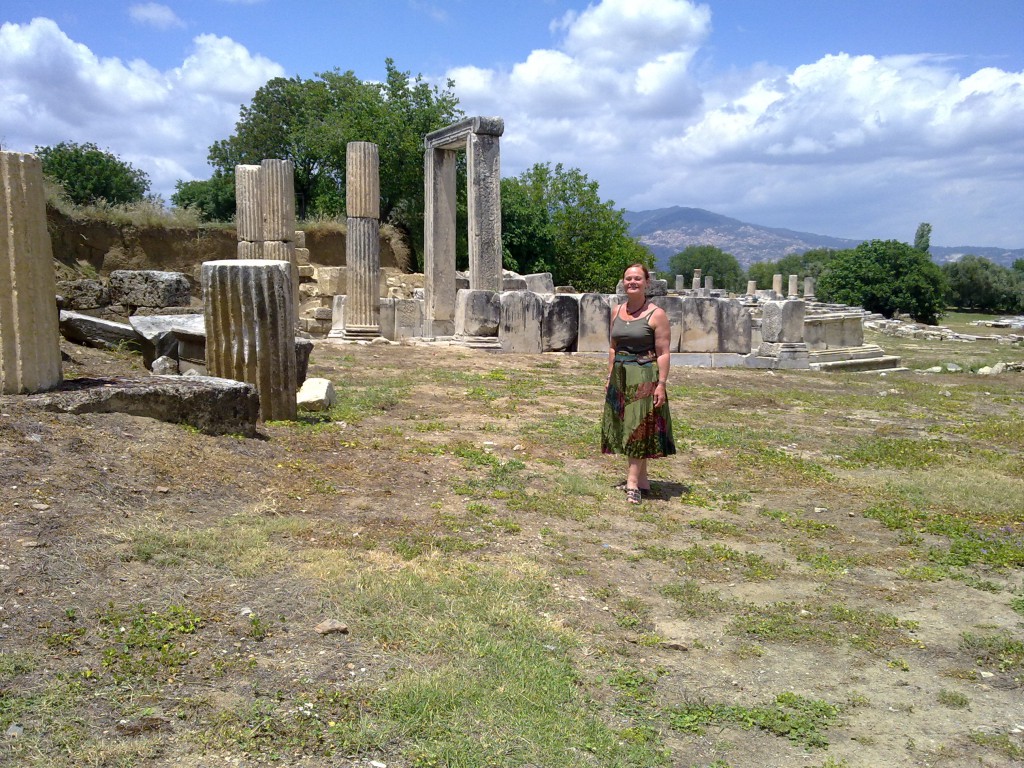
Lagina.. approaching the propylon, (Morgana, June 2012)
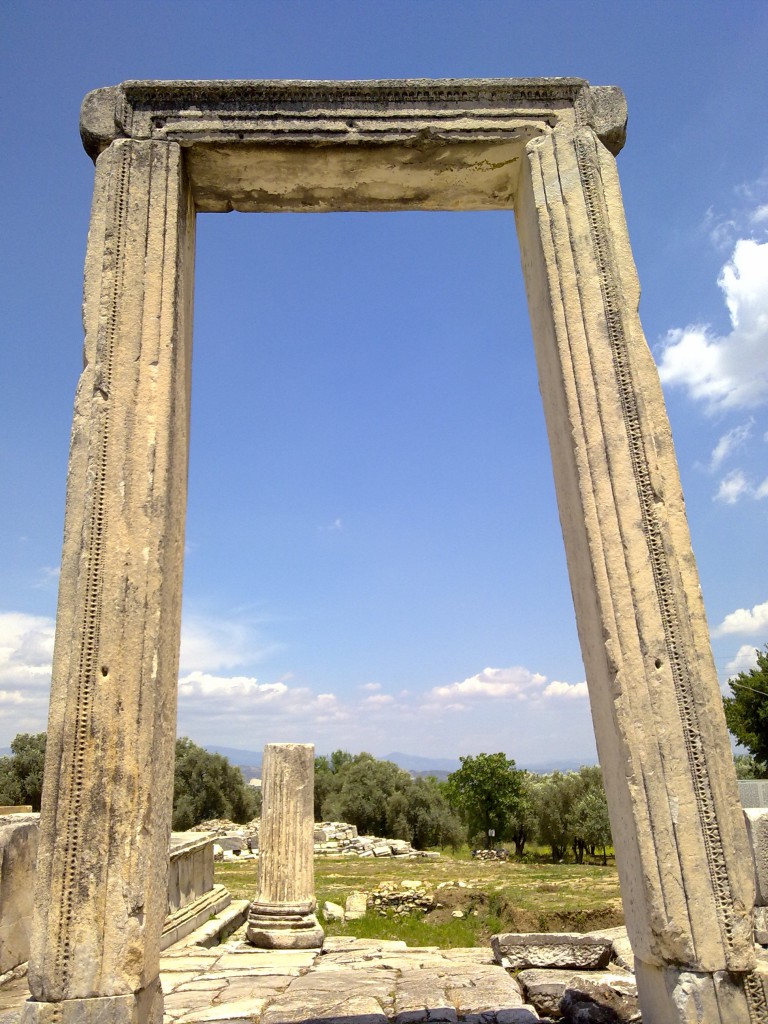
Standing before the Propylon (Morgana, June 2012)
I suddenly remembered Sorita telling me that she had noticed that of about 50 contributors to the book ‘Hekate, Her Sacred Fires’ at least three of us were born with dislocated hips! (Congenital Hip Dislocation/ Displasia).
Were Priestesses of Hekate like shamans… walking between the worlds, often knowing and going beyond physical pain?
Standing firm I called out my name and the intention of my visit. The entrance open I was welcomed. I walked down the steps alone, unaided, and breathed in the fresh and yet what felt like intoxicating air. Or did I feel the drunkenness of the ambrosia pouring into my very being? In any event my feet didn’t touch the ground any more.
I then sat for some time just absorbing the serenity and beauty of the sanctuary.
More memories arise and I can hear a voice, the voice I had heard before. “It’s good, you are doing well.” Those simple words of reassurance and so comforting. Each time when I heard her voice I would be back here in my mind.
And now I was here… contemplating and walking along the temple paths to the Altar and Inner Sanctum. So much I recognised and remembered from the ritual we did at the full moon in September 2005. John found a key here, a real key, and he gave it to me. It played a significant role in our ritual.
After the ritual I left it in the Inner Sanctum. I wondered if I would remember the spot I left it? I walked to the paved area before the high steps of the Inner Sanctum and climbed up slowly. The view was just as I remembered.
Looking from on high.. from the Inner Sanctum towards the Altar (Morgana, June 2012)
I knew exactly where I had returned the key. It wasn’t there any more but I was not disappointed. I knew that it had opened other doors… as it had done for me.
I continued my walk around the sanctuary and noticed several additions. The archaeologists had obviously continued their excavations. I wondered what they had found.
These are some of the photographs I took including what I believe are new finds:
Lagina: the Temple looking along the colonnade (Morgana, June 2012)
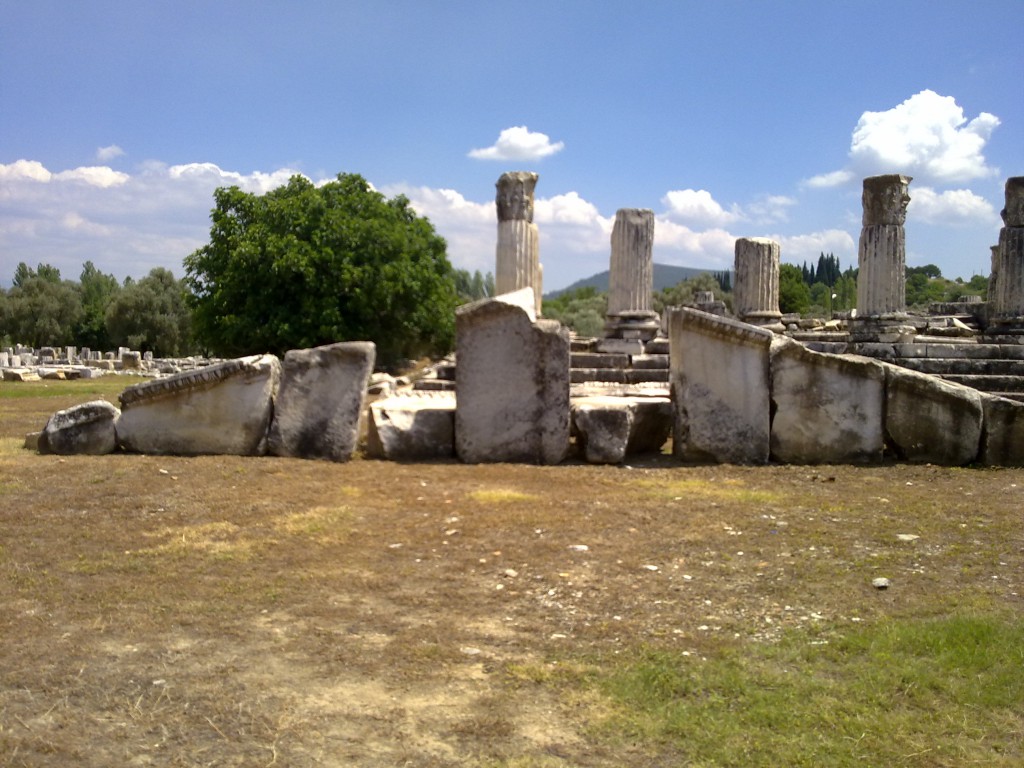
Lagina, part of the Temple frieze (Morgana, June 2012)
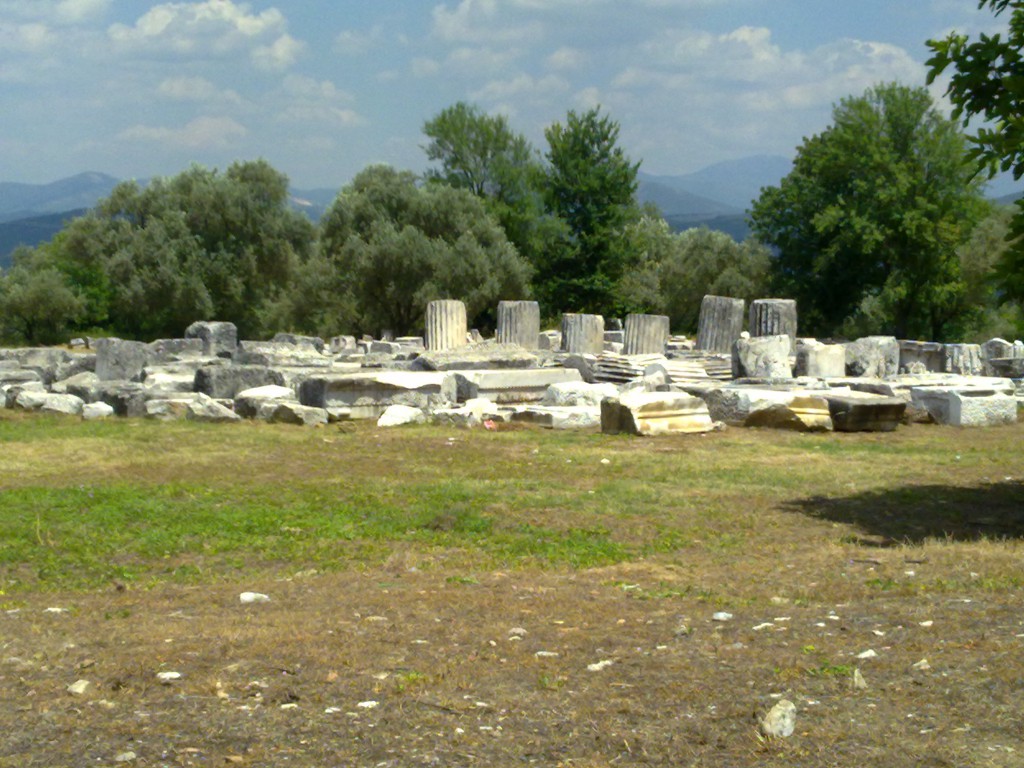
Lagina, general view (Morgana June 2012)
Before I left I had a lovely talk with Abdullah, one of the security guards. He remembered our visit in 2005 and noted that “you did a ritual with torches..”. He told me that afterwards he made an effort to find out more about Hekate and was delighted that I had come back. He asked me when I was coming back to do a ritual again J
Lagina and the Labrys
He noticed my labrys and became excited. I should add that in 2005 a number of people had commented on my labrys… and kept say “you are one of us …”. Later I found out that the symbol of Caria was… the labrys. The interesting thing though was his insistence at showing me a stone (probably from the temple roof) which had a labrys on both sides. It was difficult to see but he assured me it was there.
“The friezes of the Hekate Sanctuary are currently being displayed in the Istanbul Archaeology Museums. Four different themes are depicted in these friezes. These are, on the eastern frieze, scenes from the life of Zeus; on the western frieze, a battle between gods and giants; on the southern frieze, a gathering of Carian gods; and on the northern frieze, a battle of Amazons.”
(http://en.wikipedia.org/wiki/Lagina)
When one considers that only a few kilometers away is the Temple of Zeus … Labranda … one begins to see the further connection between Hekate and Zeus.
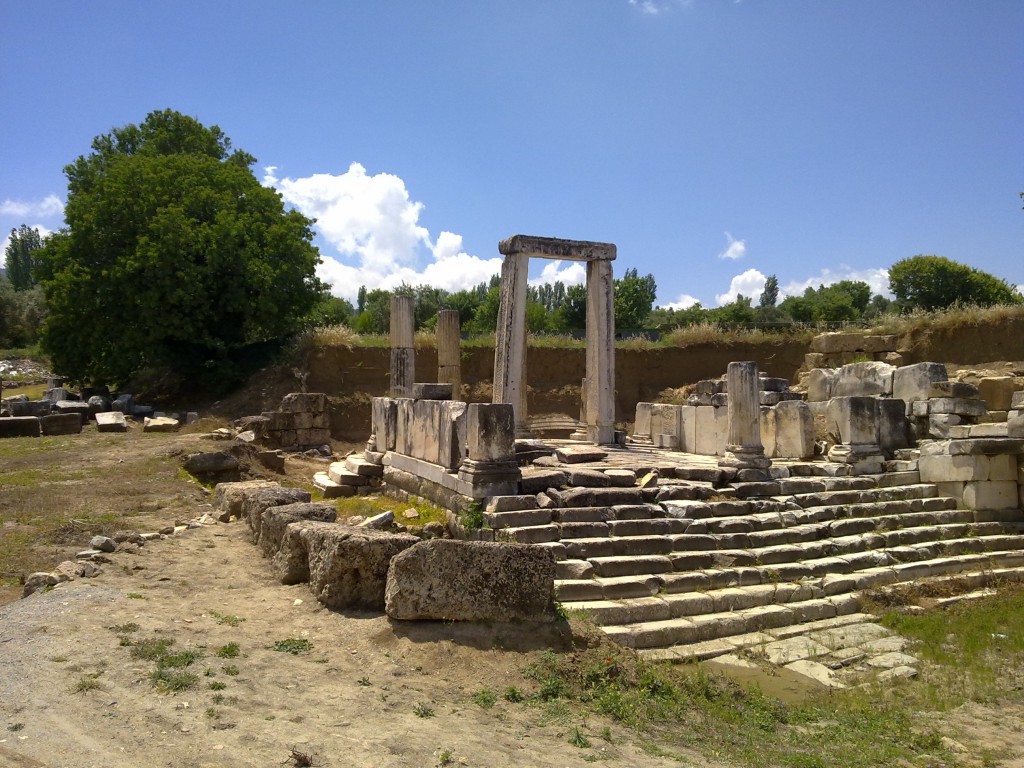
Lagina, looking towards the Propylon from the temple area (Morgana, June 2012)
Lagina, An old information board.. notice the name LEYNE
The information board June 2012 (Morgana) I think I prefer the old information board 🙂
LABRANDA, 13 kms northeast of Milas (Mylasa), Muğla, Turkey
The road from Lagina to Labranda was a nightmare. The quarrying had continued since 2005 and the lorries going back and forth had done a huge amount of damage to the roads. Amidst the dust we navigated slowly to the site. We did stop a couple of times though. The general views from the mountains are wonderful and the rock formations quite spectacular. It is not difficult to see how these lands inspire poets.
Take a look at Dick Osseman’s photo report of March 2007 here: http://www.pbase.com/dosseman/labranda&page=all He has included in the captions some of the site information too.
What do we know of Labranda? See my notes in ‘Hekatesia 2005’ (elsewhere in this edition of WR-Online) where I gave a details of the origin of the Temple of Zeus.
Labranda, information board on site (Dick Osseman, March 2007)
It was good to be back and note the connection between Lagina and Labranda. Hekate & Zeus. Zeus who had in the Theogony praised Hekate:
“Then the goddess through the love of the god conceived and brought forth dark-gowned Leto, always mild, kind to men and to the deathless gods, mild from the beginning, gentlest in all Olympus. Also she bare Asteria of happy name, whom Perses once led to his great house to be called his dear wife.
And she conceived and bare Hecate whom Zeus the son of Cronos honoured above all. He gave her splendid gifts, to have a share of the earth and the unfruitful sea. She received honour also in starry heaven, and is honoured exceedingly by the deathless gods. For to this day, whenever any one of men on earth offers rich sacrifices and prays for favour according to custom, he calls upon Hecate.
Great honour comes full easily to him whose prayers the goddess receives favourably, and she bestows wealth upon him; for the power surely is with her. For as many as were born of Earth and Ocean amongst all these she has her due portion. The son of Cronos did her no wrong nor took anything away of all that was her portion among the former Titan gods: but she holds, as the division was at the first from the beginning, privilege both in earth, and in heaven, and in sea.”
(The Theogony of Hesiod)
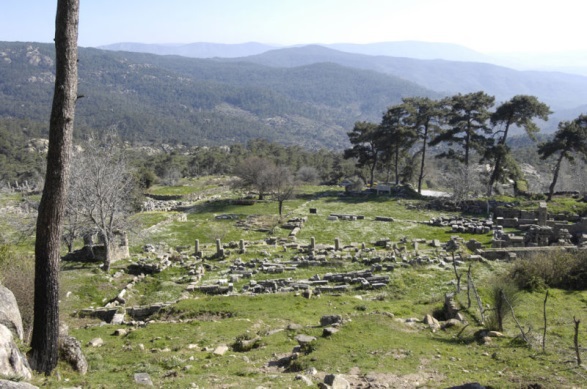 (The view from Labranda, Caria 1 (Dick Osseman)[/caption]
(The view from Labranda, Caria 1 (Dick Osseman)[/caption]
And there is the connection with the Labrys.. as I was reminded earlier that day when I saw it at Lagina.
The Labrys used to decorate a vase (Greek)
Etymology
“The word, labrys first appears in Plutarch as the Lydian word for axe
Herakles, having slain Hippolyte and taken her axe away from her with the rest of her arms, gave it to Omphale. The kings of Lydia who succeeded her carried this as one of their sacred insignia of office, and passed it down from father to son until it was passed to Candaules, who disdained it and gave it to one of his companions to carry. When Gyges rebelled and was making war upon Candaules, Arselis came with a force from Mylasa to assist Gyges; Arselis then slew Candaules and his companion and took the axe to Caria with the other spoils of war. And, having set up a statue of Zeus, Arselis put the axe in his hand and invoked the god, “Labrandeus”.
Archeology suggests that the veneration of Zeus Labraundeos at Labraunda was far older than Plutarch imagined. As with its apparent cognate, ‘labyrinth‘, the word entered the Greek languageas a loanword, so that without Plutarch’s specific reference its etymology, and even its original language, would not be positively known. The loanword labyrinth was used in Greek, but the designation “The house of the Double Axe” for the palace at Knossos is doubted because the same symbols were discovered elsewhere.
In England, ‘labrys’ was introduced by Sir Arthur Evans in the Journal of Hellenic Studies XXI. 108 (1901): “It seems natural to interpret names of Carian sanctuaries like Labranda in the most literal sense as the place of the sacred labrys, which was the Lydian (or Carian) name for the Greek πέλεκυς [pelekys], or double-edged axe.” And, p. 109, “On Carian coins, indeed of quite late date, the labrys, set up on its long pillar-like handle, with two dependent fillets, has much the appearance of a cult image.” It should be noted that the priests at Delphi were called Labryades (the men of the double axe). Evans’ article induced the word’s inclusion in the Oxford English Dictionary (OED).”
My own feelings on the origin of the labrys differ from the above in that I have never felt comfortable with the assumption that it is an axe. Shortly before my visit to Lagina in 2005 I had attended a conference in Uppsala, Sweden. One of the local archaeologists took us out to see the Kings Mounds the day after the conference. These are magnificient tombs but he was more interested in showing us what he called Cultus Houses, which were very reminiscent of the Dutch Hunebedden.
We talked about the funerary rites and he explained that the body was first burned and then the bones were smashed by pouring cold water over the burning embers. The larger bones were then put into a funerary urn and buried.
He also showed us a rather strange stone. He held a small round rock and hit it against the shaft of a standing stone. It gave a dull sound. He then hit the other end of the stone and it rang like a bell.
My immediate repsonse was … the body is burned (fire) drenched with (water) the remains buried in urns (earth) … and the spirits are called by means of a stone bell (air). Later when I was in Lagina (and in other temples) I noticed that if you walk along paved paths of marble… your steps actually ring. I remembered both in Lagina and Labranda there were also processional ways. Would the people coming to the temples see the Labrys as they walked the path?
At Bodrum Castle, in 2005, Atheneris had been shown a stone with a Labrys flanked by two life sized ears. This is one I also found at Bodrum Castle in 2012. There was also information at the Castle about Labranda making the obvious link with Mausolus, the Satrap of Caria, who made it the family sanctuary. Of course the Mausoleum was built in Bodrum / Halicarnassus.
It suddenly dawned on me that the Labrys was not an axe but human lungs with the windpipe down the middle. What better way to illustrate sound and air than ears and and lungs!
Labrys, Bodrum Castle (Morgana June 2012)
In the intervening years I had made another discovery. I had become more then aware of the presence of bees. Not only the actual abundance of honey in the area I was traveling but also the names of the places directly connected to Melissa… the Greek word for honey-bee. Miletos, Milas all ancient places… as indeed Halicarnassus is too.
Since 2005 my interest and admiration for bees has grown and they would play a significant role in my journeys both physical and spiritual. Imagine my delight when I came across this image of a bee goddess. It is a gold plaque from the 7th century BC and comes from Rhodes, which is not very far from Caria.
I was struck by the similarity it has with the Labrys.
And even more striking is the exquisite bee pendant:
This is a Cretan Bee pendant, image of the ‘Double goddess’ (Demeter & Persephone), from Chryssolkkos, the Necropolis at Malia c. 1700 BC (Museum of Herakleion, CRETE). Here you see Demeter and Persephone are both equated with the Bee.
And which Goddess, who Zeus praised above all others, helped Demeter to find Persephone? Yes indeed … Hekate! She who had “privilege both in earth, and in heaven, and in sea.” Of earth, water, fire and air. She who would guard the Labrys and answer the call of those preparing for the journey to the otherside, the underworld, the place and time all men and women fear. She who held the key.
(To be continued.. the journey goes on to Didyma and the Temple of Apollo and to Aphrodisias.)
****
References:
STRATONICEA: http://asiaminor.ehw.gr/forms/fLemmaBodyExtended.aspx?lemmaID=10061
http://www.bodrumpages.com/English/stratoniceia.html
LAGINA and HEKATE:
This is an extensive article about Hekate by Yukiko Ito : http://www.albany.edu/faculty/lr618/51to.htm
“Hekate, Her Sacred Fires” Edited by Sorita d’Este: http://avaloniabooks.co.uk/catalogue/hellenismos/hekate-her-sacred-fires
and also: http://hekatecovenant.com/
http://www.fotografcilar.com/classic/Lagina/previewpages/previewpage4.htm
http://en.wikipedia.org/wiki/Hecate
NB “The archaeological research conducted in Lagina is historically significant in that it was the first to have been done by a Turkish scientific team, under the direction of Osman Hamdi Bey and Halit Ethem Bey. In 1993, excavation and restoration work was resumed under the guidance of Muğla Museum, by an international team advised by Professor Ahmet Tırpan.”
LABRANDA & LABRYS:
http://www.pbase.com/dosseman/labranda&page=all
The Theogony of Hesiod, translated by Hugh G. Evelyn-White:
http://www.sacred-texts.com/cla/hesiod/theogony.htm
http://jvpoll.home.xs4all.nl/wdo/GRIEKEN/GEWOON/LABRYS.HTM
http://www.angelfire.com/in3/pukibee/beegoddess3.html
http://womenandmythology.files.wordpress.com/2008/10/big-bee-goddess_bm_gr18604-1234.jpg?w=299&h=300

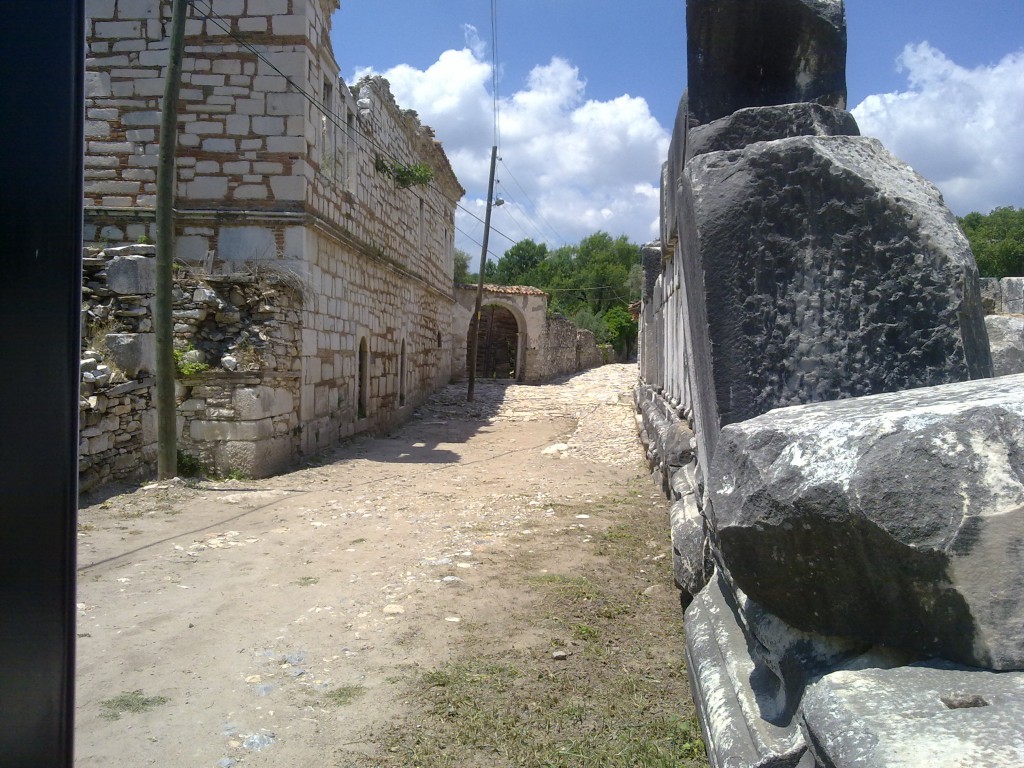
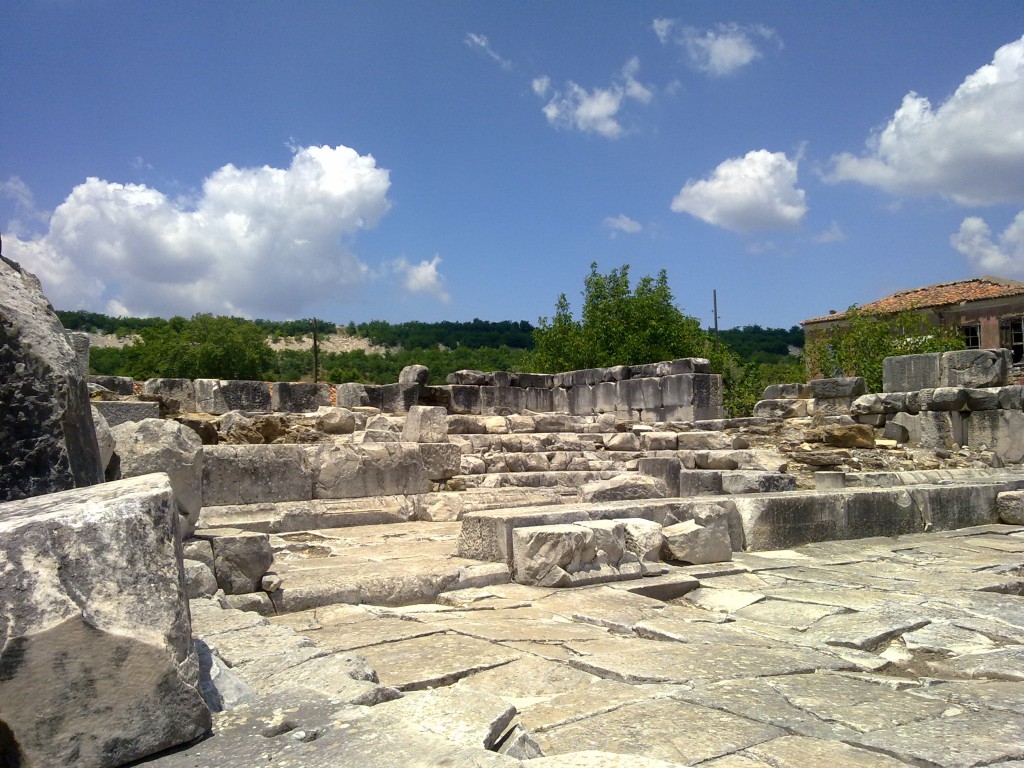
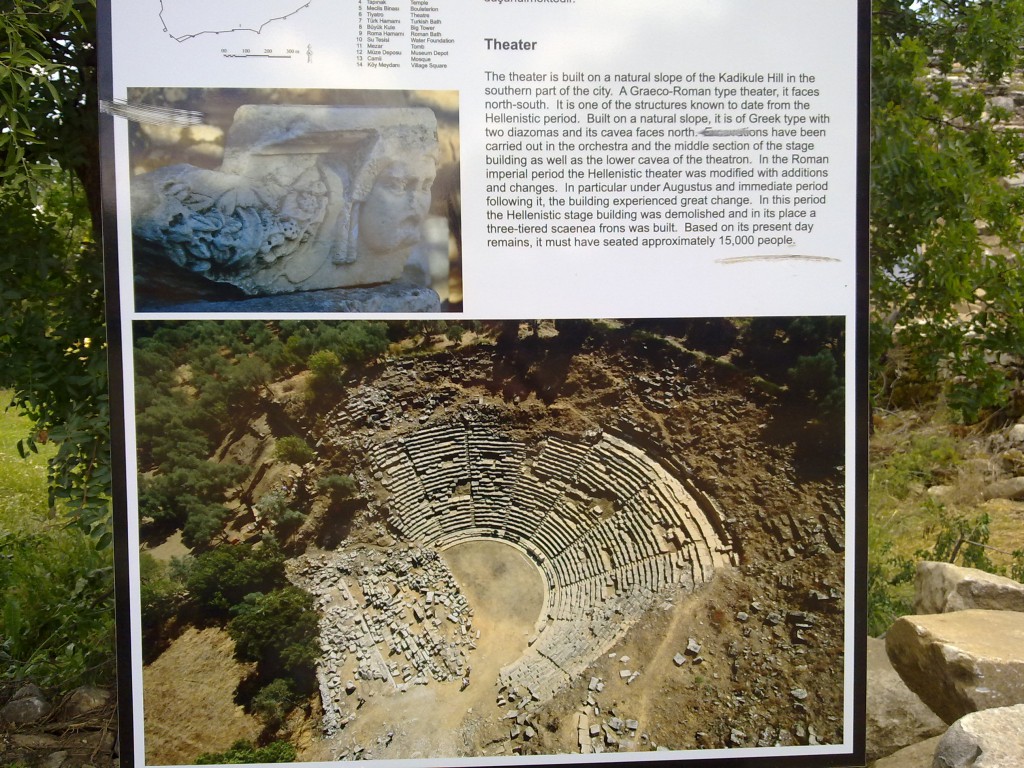
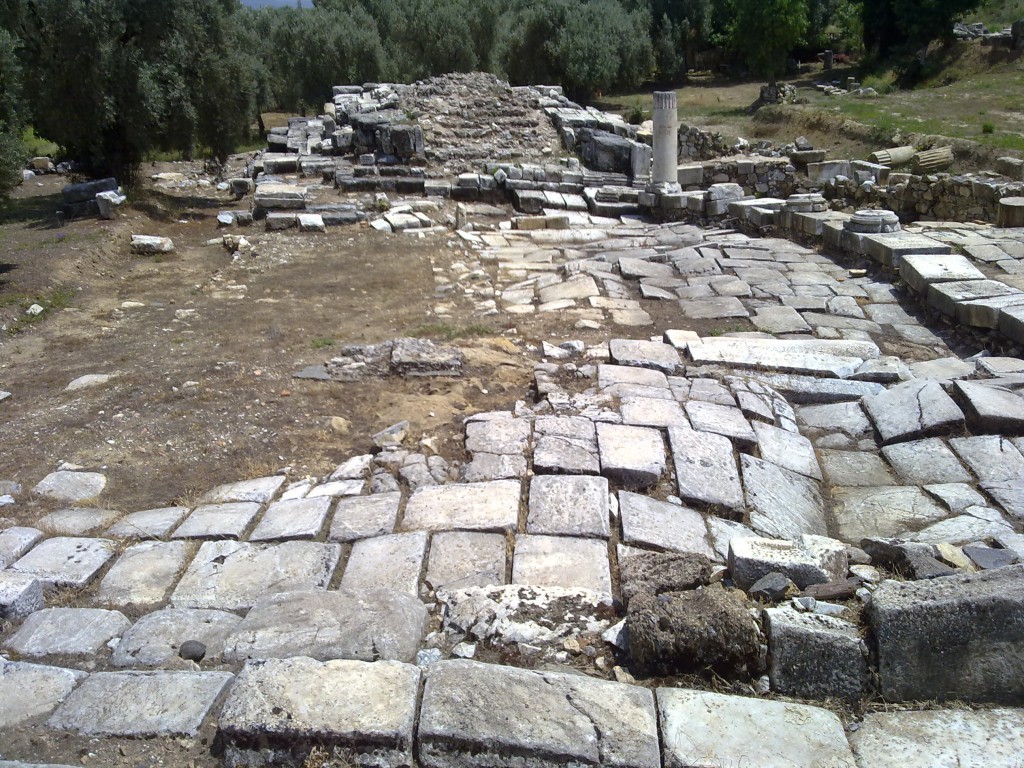
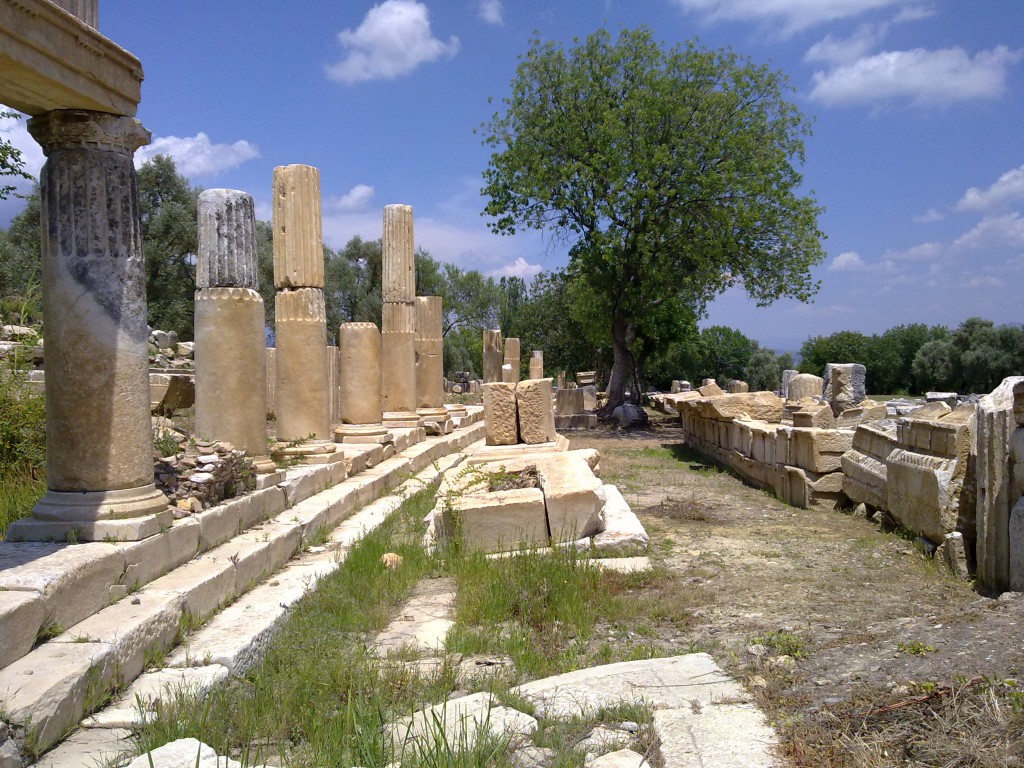
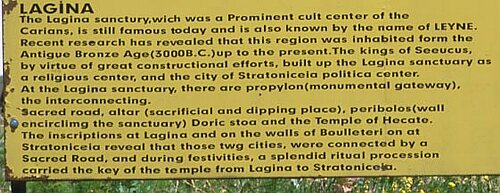
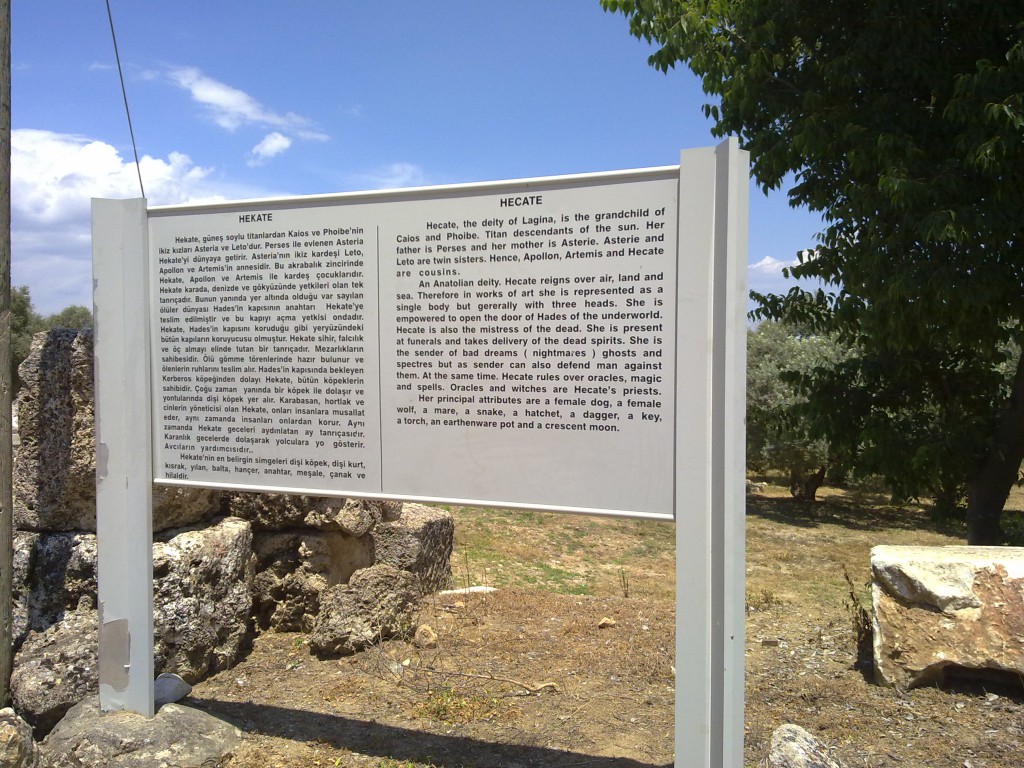
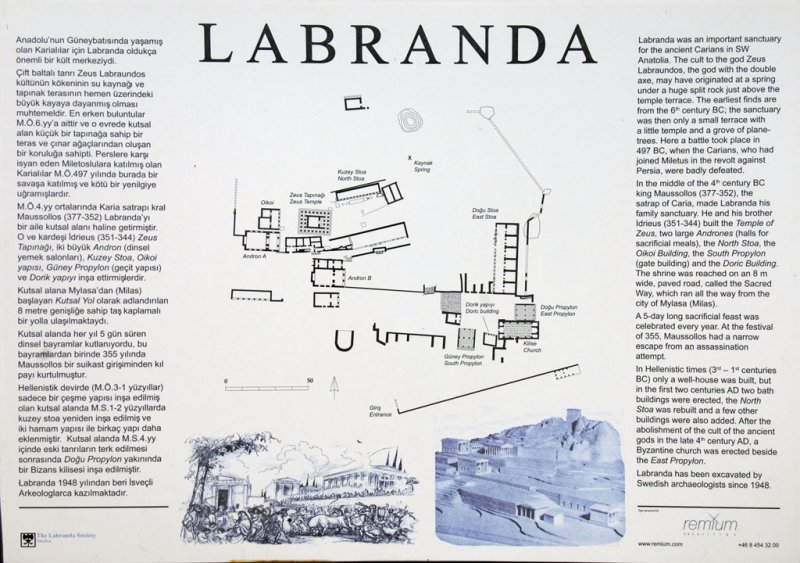
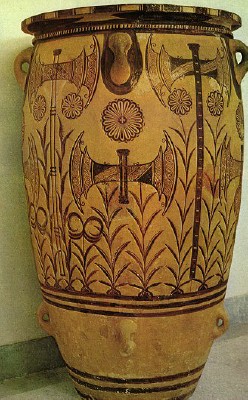
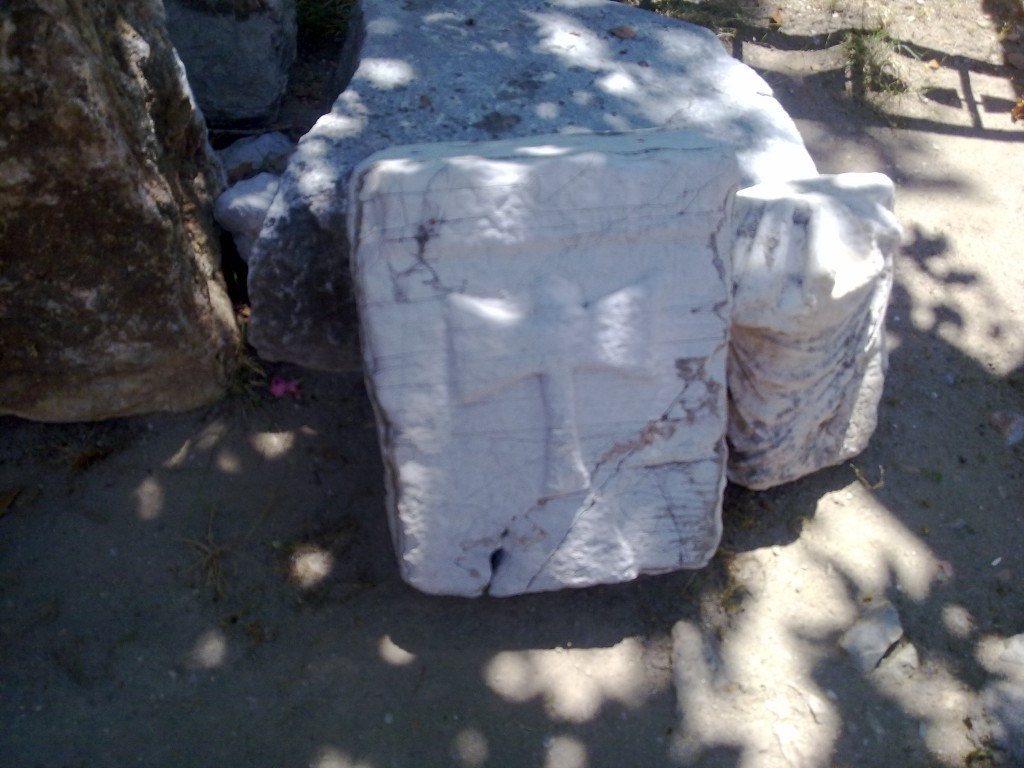
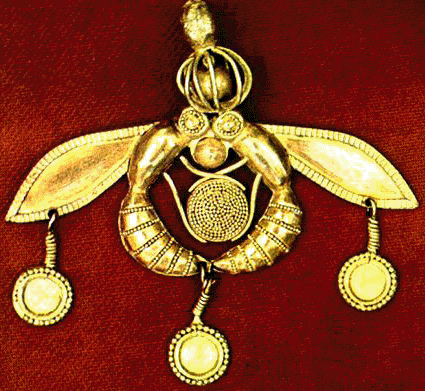
Hi Linda,
Prudence Jones in her article: TRIADS AND TRINITIES: THE ORIGIN OF THE MODERN PAGAN GODDESS” she writes
“Hekate’s original name, Akta, is Carian, its meaning unknown, but to the average Ancient Greek its naturalised form would recall hekaton, one hundred, and thus with her abundant riches she was, so to speak, the goddess of millionaires, invoked by everyone for prosperity and good fortune in all areas of life (Theogony 416 ff.)”
I hope that this helps, Morgana
Morgans,
In one of your articles on Hekate you state her Carian name is Akta. I just wondered where you found this information.
Thank you for your time,
Linda